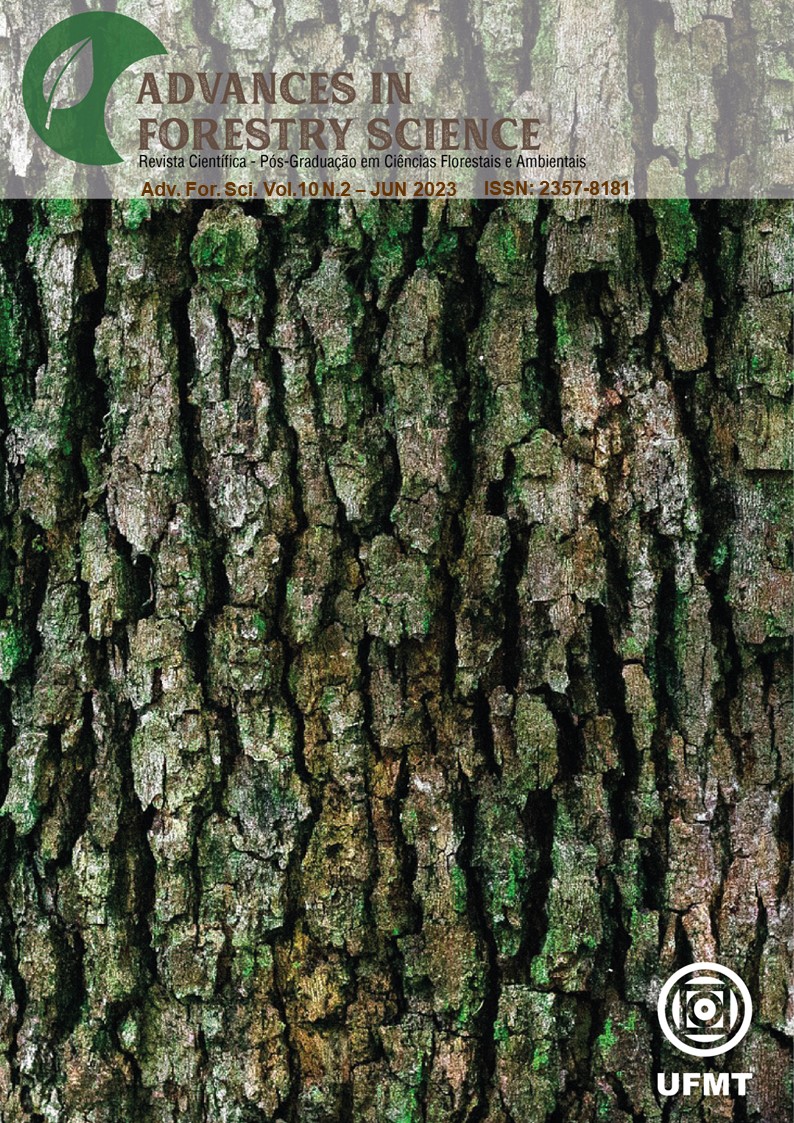Hydrogeomorphometric and land cover characteristics of the Rio Caranguejo watershed, Western Amazon, Brazil
DOI:
https://doi.org/10.34062/afs.v10i2.15159Abstract
It is essential to plan the management of natural resources for sustainable development in the Amazon region and be based on information and landscape characteristics. Given the above, the present work aimed to provide topographic, geometric and hydrographic information, and the land cover of the Rio Caranguejo microbasin. This information was obtained through equations and remote sensing, using QGIS 2.10.1, TrackMaker and Google Earth software, altimetric images recorded by the ALOS satellite (Palsar sensor). The microbasin has an area of 7.85 km2, perimeter of 19.26 km, elongated shape, low susceptibility to flooding, altitudes from 207 to 254 m, predominance of gently undulating relief (67.39%), 68.03% from the area suitable to extremely suitable for agricultural mechanization and with low influence on the spread of fires, drainage network with a dendritic pattern, 3rd order drainage, low density of springs, medium density of drainage, maintenance coefficient of 1062.2 m2 m-1, low concentration time. The Rio Caranguejo microbasin has 82.29% of its total area occupied by the agricultural system, however, conservationist soil and water management practices are recommended to reduce the impact of these systems on its natural resources. Studies on the spatial distribution of native vegetation in areas protected by law in the microbasin (legal reserves and permanent preservation areas) are also recommended, to assist in the delimitation of priority areas for the conservation of water resources.
Downloads
Downloads
Published
Issue
Section
License
All copyright must be assigned to the Federal University of Mato Grosso.

